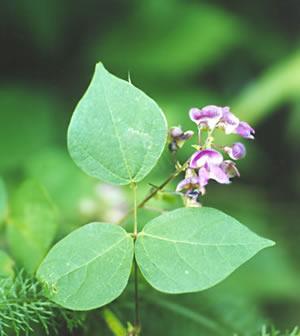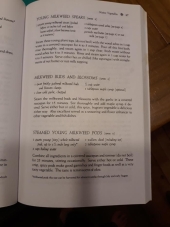
 12
12





 1
1




 7
7




Living in Piedmont NC, attempting restoration of four acres
 3
3




Living in Piedmont NC, attempting restoration of four acres
 7
7




Living in Piedmont NC, attempting restoration of four acres

 4
4





 3
3




Works at a residential alternative high school in the Himalayas SECMOL.org . "Back home" is Cape Cod, E Coast USA.
 3
3




Judielaine Bush wrote:Regrets to Allen Ayers for hijacking their post.














 1
1




 1
1





 1
1




Matthias Brück wrote:Dear All
Anyone from europe here in this discussion about Phaseolus polystachios?
I`m looking for seeds of Phaseolus polystachios.
Can I order them somewhere in Europa.
Order from US could be difficult!
Best
Matthias

|
bacon. tiny ad:
The new kickstarter is now live!
https://www.kickstarter.com/projects/paulwheaton/garden-cards
|





